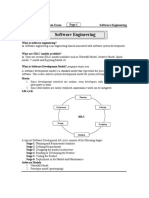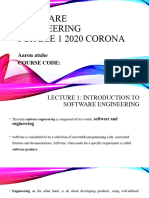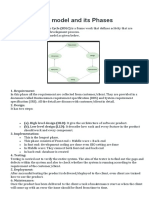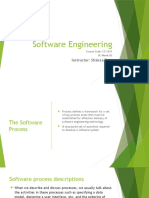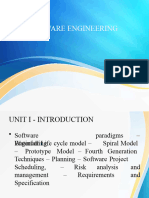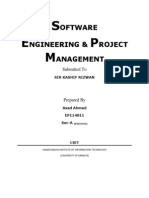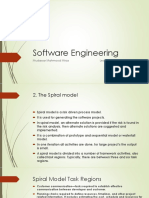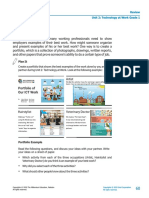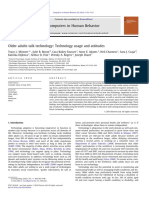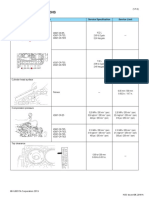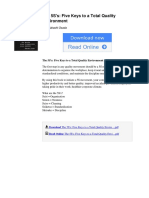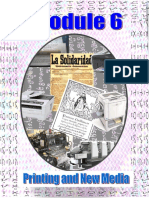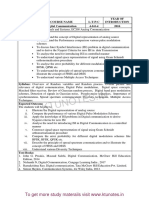0% found this document useful (0 votes)
28 views8 pagesSoftware Development
The document discusses several software development models and processes including waterfall, incremental, RAD, spiral and agile. Waterfall is a sequential model that separates development into distinct phases that must be completed before starting the next. Incremental breaks requirements into standalone modules developed iteratively. RAD prioritizes rapid development with less planning. Spiral combines waterfall and iterative approaches with a risk-driven focus. Agile emphasizes incremental planning and flexibility to changing requirements.
Uploaded by
noorzafar731Copyright
© © All Rights Reserved
We take content rights seriously. If you suspect this is your content, claim it here.
Available Formats
Download as DOCX, PDF, TXT or read online on Scribd
0% found this document useful (0 votes)
28 views8 pagesSoftware Development
The document discusses several software development models and processes including waterfall, incremental, RAD, spiral and agile. Waterfall is a sequential model that separates development into distinct phases that must be completed before starting the next. Incremental breaks requirements into standalone modules developed iteratively. RAD prioritizes rapid development with less planning. Spiral combines waterfall and iterative approaches with a risk-driven focus. Agile emphasizes incremental planning and flexibility to changing requirements.
Uploaded by
noorzafar731Copyright
© © All Rights Reserved
We take content rights seriously. If you suspect this is your content, claim it here.
Available Formats
Download as DOCX, PDF, TXT or read online on Scribd
/ 8








